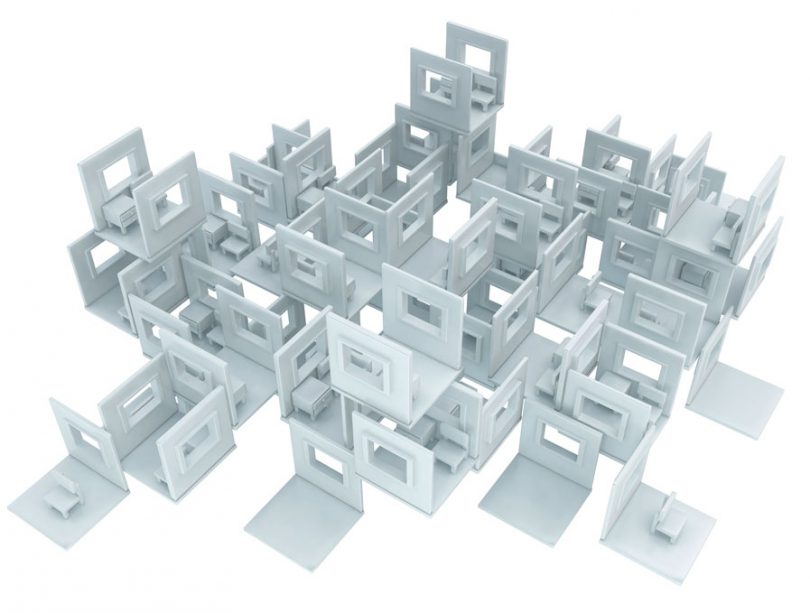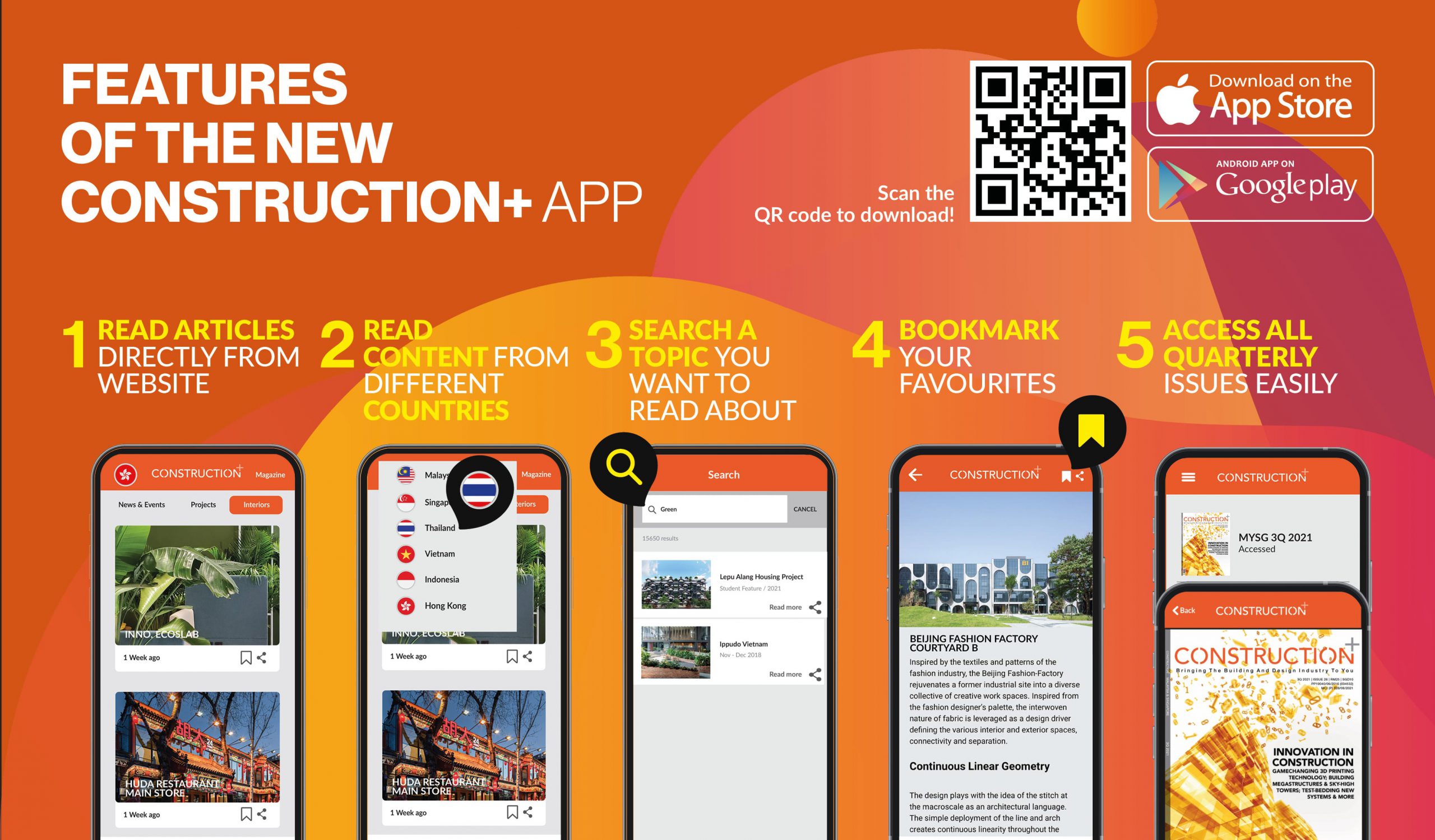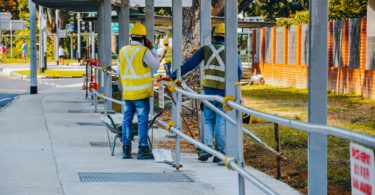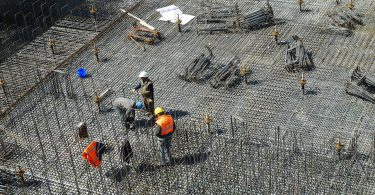By Dr. Stephen E. R. Tay
A question on questions
We have all experienced, consciously or unconsciously, the act of asking questions daily. While various studies have documented different values for the number of one’s daily questions, it is rather safe to conclude that it is a non-zero number. This then begs the question: why do we ask questions?
Amongst the various proposed answers, one opinion states that it could be attributed to the innate quality of being curious in seeking for answers. There is also the alternate opinion that attributes the activity as a reaction when faced with problems. Though the answers may differ, generating questions is a key enabler for developing innovative solutions. This notion was proposed by Hal Gregersen, a senior lecturer at the MIT’s Sloan School of Management and former executive director of the MIT Leadership Center. He found that innovative leaders were able to perform exceptionally well simply because they were better at asking questions, as the process of asking questions led to new paradigms and innovative solutions.
Questions as a key enabler for innovation
This association of asking questions and innovation can be found in history as well. For example, the Wright brothers, curious as to whether human flight was possible, eventually showed the world in 1903 that it indeed is. The technology displayed then was innovative in that they integrated a light-weight motor, a chain drive from a bicycle and propellers. Though the flight did not last for minutes, it was the first step towards the aviation industry. Here, we appreciate how two individuals who were not trained in engineering were able to spark the aeronautics industry because of questions arising from curiosity.
In another example related to construction, builders involved with the pyramids in Egypt were faced with a problem—the transport of heavy stones across distances. This eventually led to questions that led to innovative systems employing levers and inclined planes. In addition, the use of various ramps, such as the zig-zagging or spiralling ramp was also developed to transport materials to the top of the pyramid. Here we see how questions developed from challenges could lead to innovation.
Innovative leaders were able to perform exceptionally well simply because they were better at asking questions, as the process of asking questions led to new paradigms and innovative solutions.

Questions on global warming have spurred innovations and technology developments in construction / Image by: Vecteezy.com
While we do not need to grapple with challenges associated with transporting heavy loads across distances today, the challenges we face have evolved both in terms of magnitude and importance. When the Intergovernmental Panel on Climate Change released the “Special Report on Global Warming of 1.5°C” in 2018, governments and corporations were alerted to a critical question: how do we limit global warming to below 1.5 degrees Celsius? This question has spurred innovations and technology developments in the areas of dynamic façades, smart energy management and renewable energy as the built industry aims to reduce energy consumption from buildings.

DR STEPHEN TAY
Senior Lecturer in the Department of the Built Environment, National University of Singapore
Dr. Tay received his doctorate from Imperial College London, under the National Research Foundation (Clean Energy) Overseas Scholarship. He has received both the School and University Annual Teaching Excellence Award for AY19/20 and AY20/21. To keep his teaching current, Dr. Tay is closely engaged with the industry through participation in international and local publications. In recognition for his contributions to the sustainable built environment, Dr. Tay was awarded the Young Green Building Advocate Award Category under the SGBC-BCA Sustainability Leadership Awards 2019.
This is an excerpt. The original article is published in Construction+ Q2 2022 Issue: Technology & Innovation.
Get the print magazine or subscribe to the digital edition to read the complete article.

 Malaysia
Malaysia Hong Kong
Hong Kong Indonesia
Indonesia Tiếng Việt
Tiếng Việt ประเทศไทย
ประเทศไทย











